Cari

Xperience/Korea Selatan/Daegu/Daegu/Jung/[Departing from Daegu] Nakdong River Tour to see various works and cultures
[Departing from Daegu] Nakdong River Tour to see various works and cultures
Cheongna Hill Station Exit 2 Daegu City Tour Platform
Lihat Peta
Durasi Tur | 7 Jam 30 Menit
![[Departing from Daegu] Nakdong River Tour to see various works and cultures 1](https://xpscntm-asset-6aaa6adb24ad2493.s3.ap-southeast-1.amazonaws.com/3449202798815/-Departing-from-Daegu-Nakdong-River-Tour-to-see-various-works-and-cultures-7e7c211f-07e0-4c35-802e-d8c20fcdb5e3.jpeg)
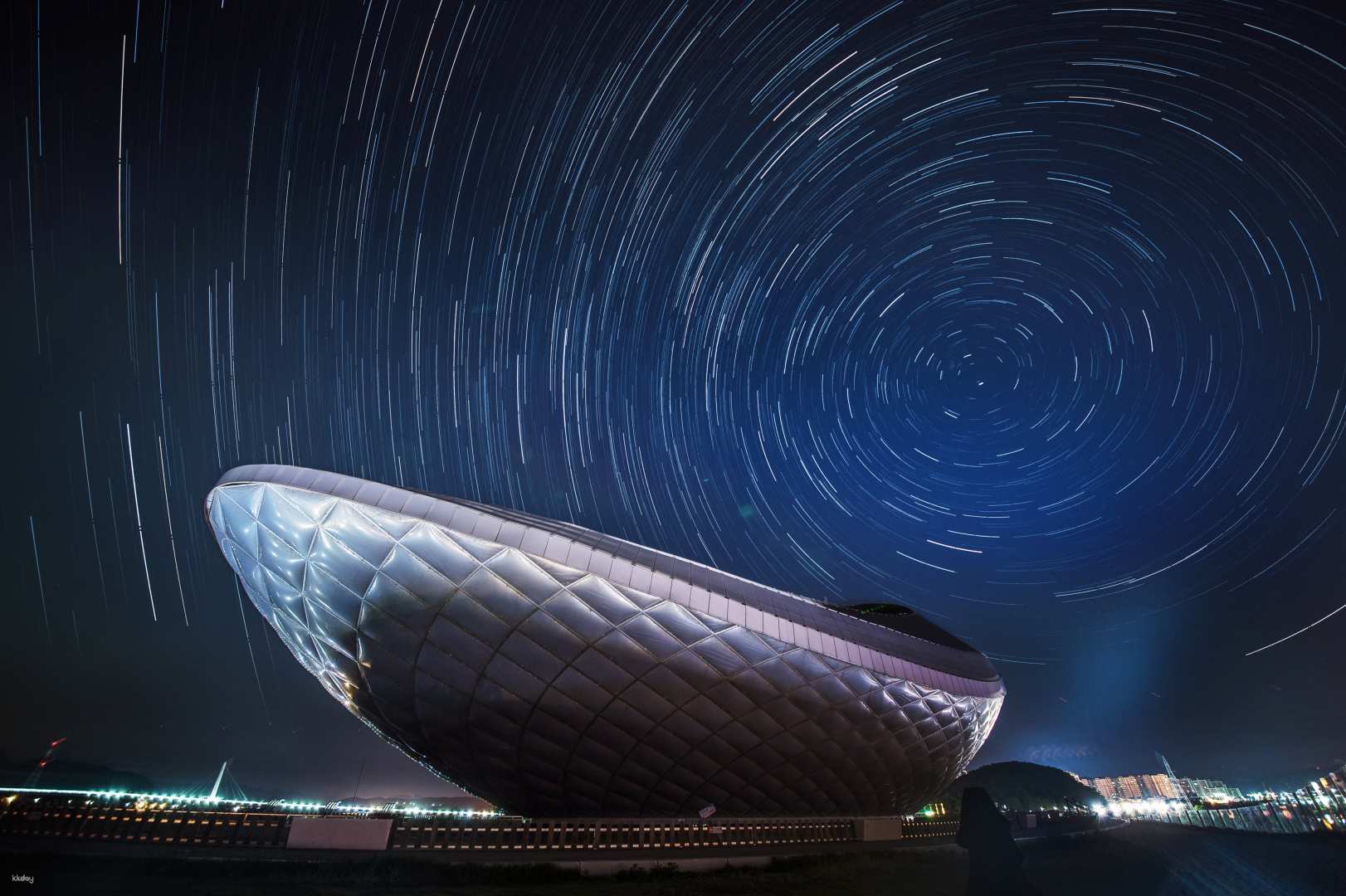
![[Departing from Daegu] Nakdong River Tour to see various works and cultures 2](https://xpscntm-asset-6aaa6adb24ad2493.s3.ap-southeast-1.amazonaws.com/3449202798815/-Departing-from-Daegu-Nakdong-River-Tour-to-see-various-works-and-cultures-2c9f7b80-2f67-4ed1-9b7d-6b7829dbca17.jpeg)
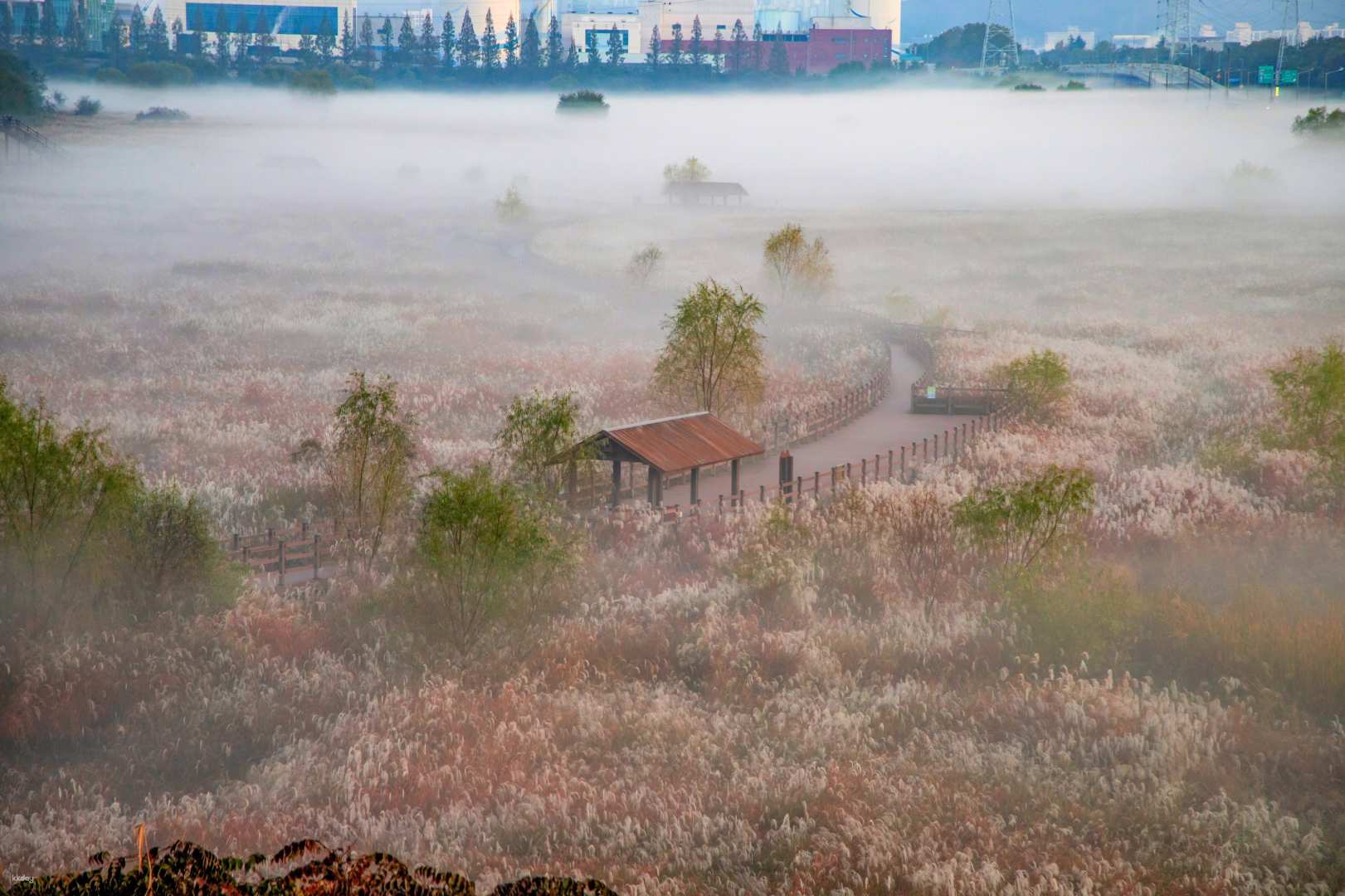
![[Departing from Daegu] Nakdong River Tour to see various works and cultures 3](https://xpscntm-asset-6aaa6adb24ad2493.s3.ap-southeast-1.amazonaws.com/3449202798815/-Departing-from-Daegu-Nakdong-River-Tour-to-see-various-works-and-cultures-42862b9b-52c5-4454-813d-9fdea78049f5.jpeg)
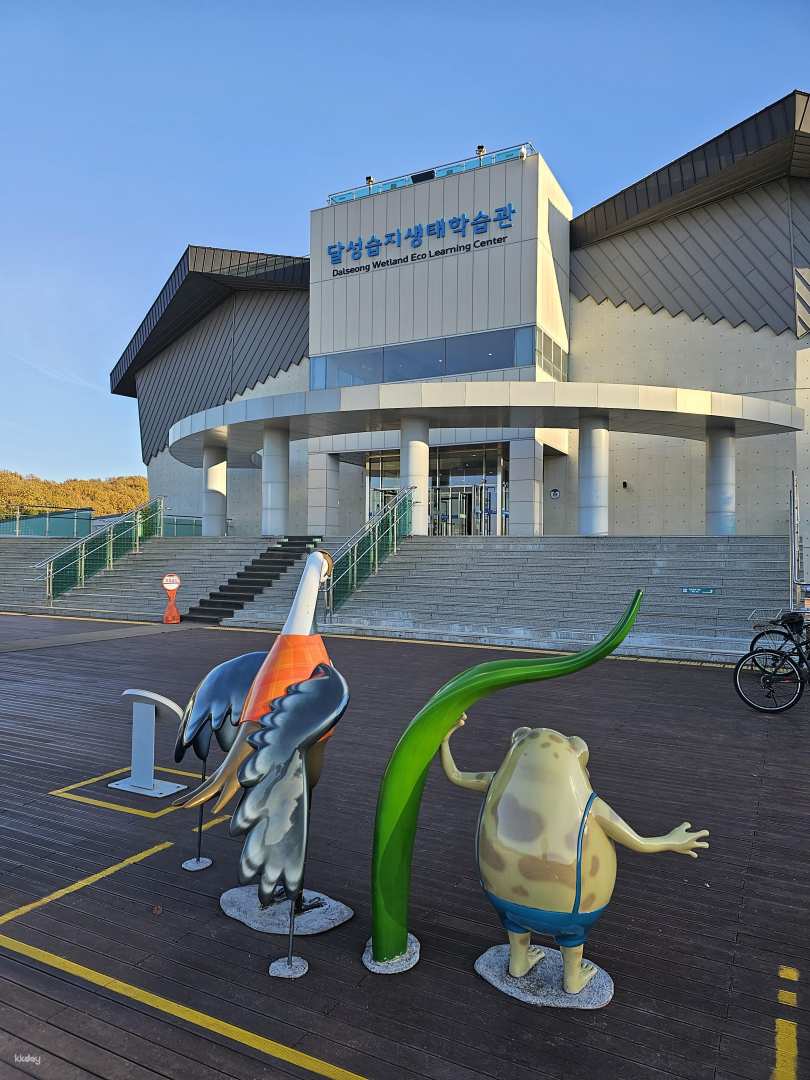
![[Departing from Daegu] Nakdong River Tour to see various works and cultures 4](https://xpscntm-asset-6aaa6adb24ad2493.s3.ap-southeast-1.amazonaws.com/3449202798815/-Departing-from-Daegu-Nakdong-River-Tour-to-see-various-works-and-cultures-04fa1e47-57fc-4a62-853b-0c6405f22c14.jpeg)
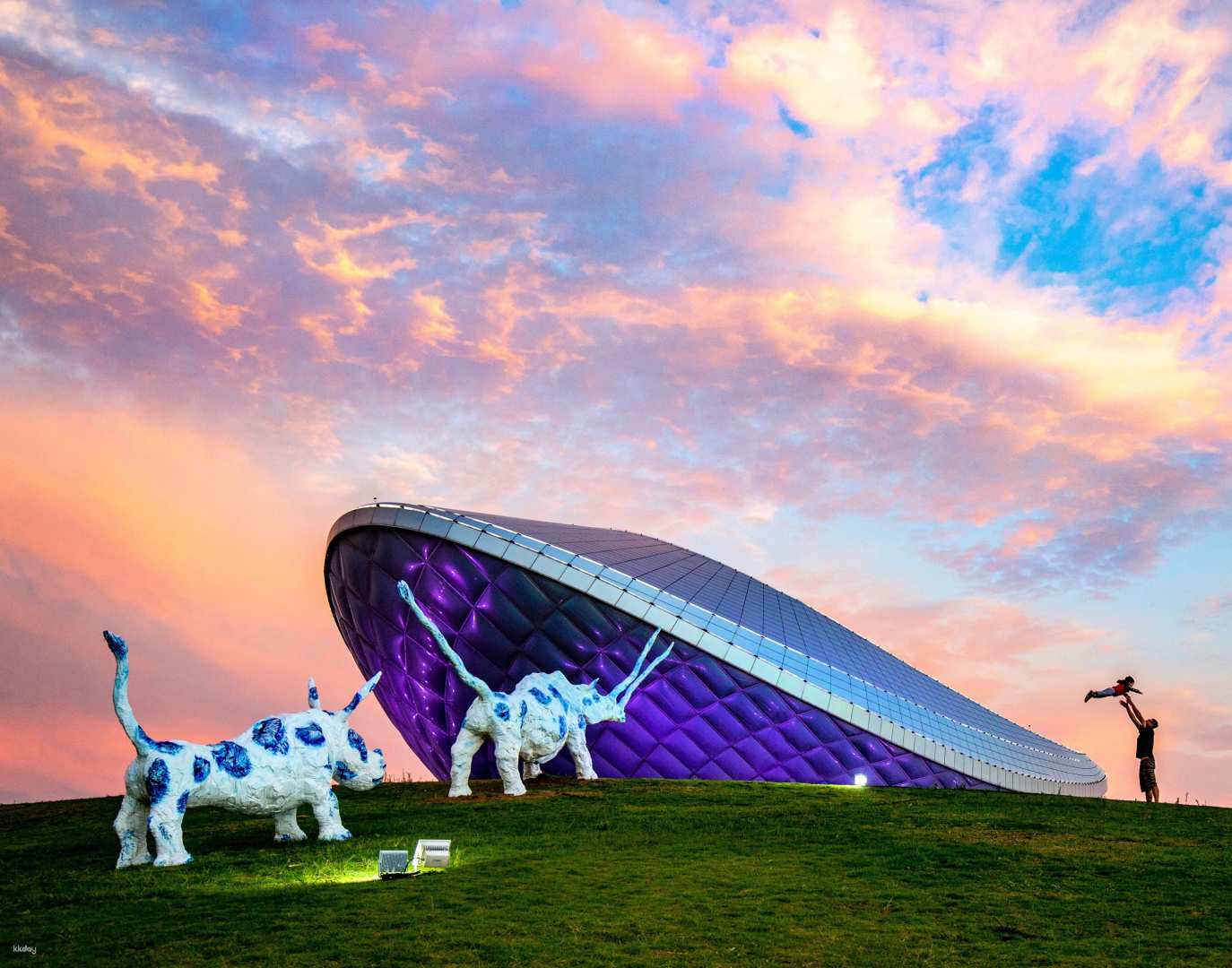
Lihat Semua Foto
![[Departing from Daegu] Nakdong River Tour to see various works and cultures 5](https://xpscntm-asset-6aaa6adb24ad2493.s3.ap-southeast-1.amazonaws.com/3449202798815/-Departing-from-Daegu-Nakdong-River-Tour-to-see-various-works-and-cultures-e7b22cf7-3eda-4b43-8949-b399ba35ab6c.jpeg)
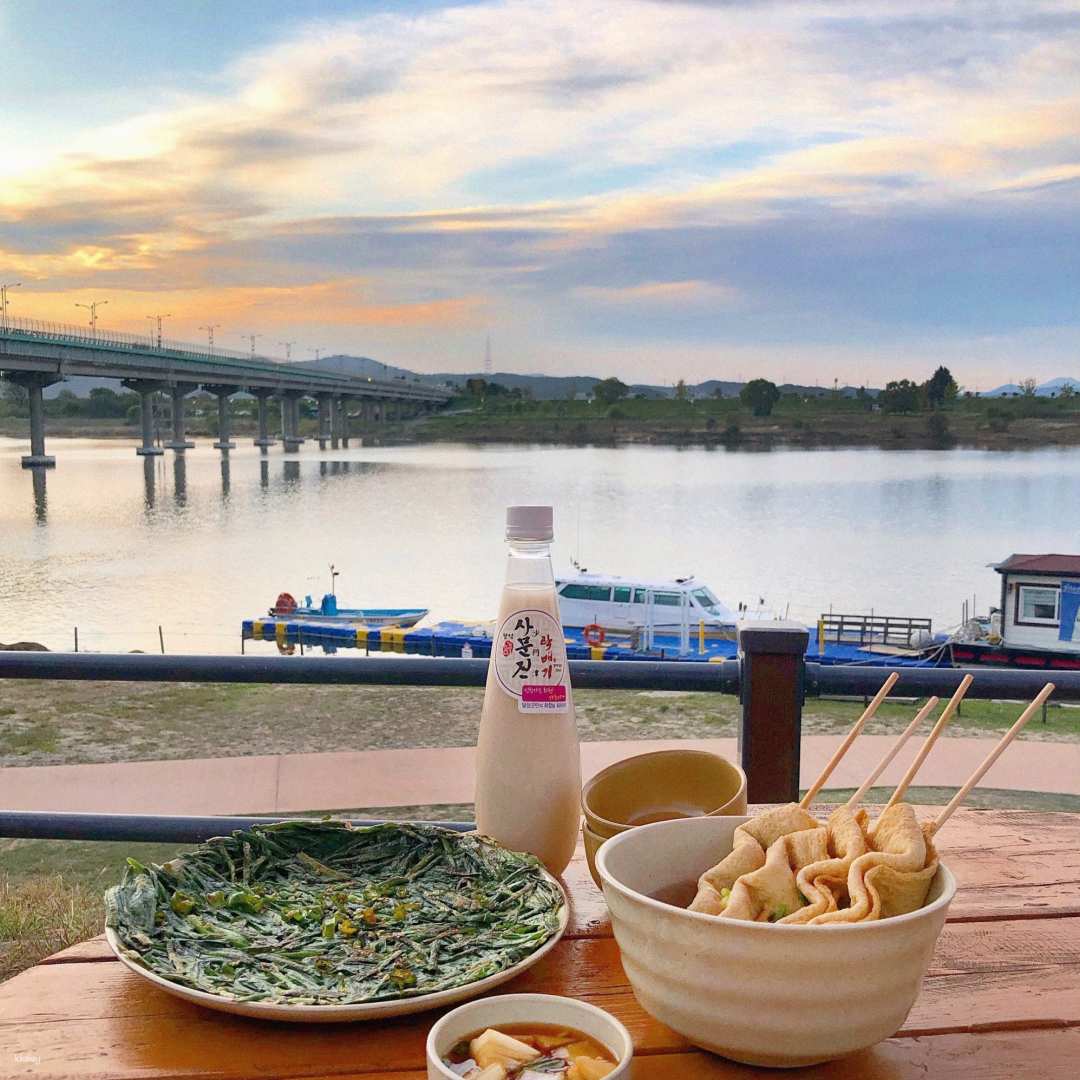
-
Belum ada review
Lihat Peta
Daegu
Habis Terjual
Jelajahi Lainnya
Pengalaman yang Menunggumu
The content of this product is provided by machine translation and may not reflect the actual information, please take this into consideration before booking.
【Product Introduction】
【Product Information】
- 10:30 Dongdaegu Station City Tour Platform
- 11:00 City Tour Boarding Platform 50m in front of Exit 2 of Cheongna Hill Station
・ End time: 17:30 Get off at Cheongna Hill Station or Dongdaegu Station
【Product Description】
How about taking the Daegu City Tour Bus and going around the Nakdong River?!
You can enjoy the beautiful scenery of Nakdong River.
Samunjin Ferry was used in the past as a boat route for peddlers to travel from Busan to Daegu by going up the Nakdong River.
There are two theories about the origin of the name Samun. One theory is that 'since it was the gateway to a large temple called Inheungsa (仁興寺) in Bonri-ri, Hwawon-eup (Inheung Village), it was called Samunjin (寺門津) with the character for temple (寺) written in it.' Another theory is that 'since there was sand by the river, the character for sand (沙) was written in it and ships carrying salt and other items came in through the port, so it was called Samunjin (沙門津) because it was the gateway for local goods to go to other regions.'
Samunjin Ferry was established in the 28th year of King Sejong's reign in the Joseon Dynasty and was used as a trade warehouse (Hwawonchang) for 40 years until the reign of King Seongjong. There was a Waemulgo, which served as the center of trade with Japan, and it served as the center of transporting goods along the Nakdong River.
On March 26, 1900, American missionaries Side Bottom and his wife brought the first piano to Daegu through here, and it was the filming location for 'The Boat Without an Owner' directed by Lee Kyu-hwan during the Japanese colonial period.
The current appearance of Samunjin Ferry almost disappeared into history when Samunjin Bridge was opened in 1993 connecting Hwawon-eup and Dasan-myeon, Goryeong-gun. However, a piano plaza was created, three traditional tavern villages were restored, and a historical park was created around the Samunjin Ferry.
The tavern village has thatched roofs, creating the atmosphere of an old ferry terminal. In the center of the Samunjin ferry terminal tavern village stands a zelkova tree, a totem pole, and a jangseung (totem pole). Various sculptures that indicate that this is a place where pianos were imported are located throughout the park.
There is also a 1-hour cruise ship that departs from Samunjinnaru Port and travels to Dalseong Wetland, Gangjeongbo Diark, and Dalseongbo.
This is a large-scale wetland in Daegu. It is famous for its beautiful wild flowers in all four seasons and as a winter migratory destination, and is home to more than a dozen endangered species, including frogs, snakes, otters, eagle owls, and black eagles. Due to its ecological value, it was selected as one of the six scenic views of Nakdong River, twelve scenic views of Nakdong River, and twelve scenic views of Dalseong. Daegu City also designated it as a wetland protection area and a wild flora and fauna protection area in 2007, and is managing it as a tourist attraction.
The Diak, located at the confluence of the Nakdong River and Geumho River, is a landmark of Daegu with its unique architectural style alone.
The ARC stands for 'Architecture of River Culture' and 'Artistry of River Culture' as a building and artwork that contains everything about river culture with an elegant and geometric approach to the sky, earth and culture.
The building is an elegant, geometric piece of architectural art that embodies all aspects of river culture, combining natural forms such as water buffalos gliding across the river's surface and fish leaping out of the water with the traditional elegance of Korean ceramics.
It is loved by everyone from leisure cyclists to couples and families, and it becomes even more beautiful in the evening, so you can make a special day just by going up to the observatory and having a cup of tea as the sun sets.
Seomunjin Naruto

Seomunjin Naruto

Diak

Dalseong Wetland (Daemyung Reservoir)

Dalseong Wetland (Daemyung Reservoir)

Kontak, Fasilitas, Bahasa Layanan, dan Info Lainnya
Kalau kamu ada pengalaman, tulis review, ya!
Review-mu akan berguna banget untuk orang lain yang lagi merencanakan liburan.
Jadwal Tur
•
10:30 Gathering at Dongdaegu Station Square and Daegu City Tour Platform
•
11:00 Gather at Daegu City Tour platform at Exit 2 of Cheongna Hill Station
•
Samunjin Naruto

•
Samunjin Ferry Terminal: Enjoy a delicious meal and a cruise at this representative ferry terminal on the lower reaches of the Nakdong River.
•
Dalseong Wetland (Daemyung Reservoir)

•
Dalseong Wetland (Daemyung Reservoir): You can see the characteristics of inland wetlands, and in the fall, the reeds and reeds create a spectacular view.
•
Diak

•
Diak: Not only can you see the works of world-class architects, but you can also learn about river culture.
•
17:30 Get off at Daegu City Tour platform at Exit 2 of Cheongna Hill Station
•
18:00 Get off at Dongdaegu Station Square, Daegu City Tour Platform
•
(Please reserve train and bus tickets for intercity travel in advance as the time may vary depending on the local situation.)
Lihat Jadwal Lengkap
Detail Lokasi
Cheongna Hill Station Exit 2 Daegu City Tour Platform
Lihat Peta
Frequently Asked Questions
Berapa lama durasi [Departing from Daegu] Nakdong River Tour to see various works and cultures?
Durasi tour [Departing from Daegu] Nakdong River Tour to see various works and cultures adalah 7 Jam 30 Menit. Untuk informasi lebih lengkap mengenai ketersediaan tanggal dan durasi untuk event tersebut, silahkan kunjungi halaman ini.
Informasi Umum
Durasi | 7 Jam 30 Menit. |
|---|---|
Alamat | Cheongna Hill Station Exit 2 Daegu City Tour Platform |
Kategori | Tur |
Aktivitas atau item lain yang mungkin kamu suka
Indonesia (Bahasa Indonesia)Indonesia (English)Global (English)Malaysia (English)Malaysia (Bahasa Malaysia)Philippines (English)Singapore (English)Thailand (English)ไทย (ภาษาไทย)Việt Nam (Tiếng Việt)Vietnam (English)Australia (English)South Korea (English)대한민국 (한국어)Japan (English)日本 (日本語)马来西亚 (简体中文)

Produk
Copyright © 2025 Traveloka. All rights reserved

 Facebook
Facebook Instagram
Instagram TikTok
TikTok Youtube
Youtube Twitter
Twitter Telegram
Telegram WhatsApp
WhatsApp
